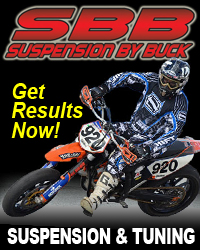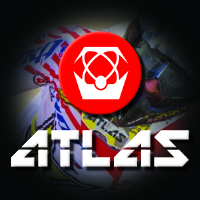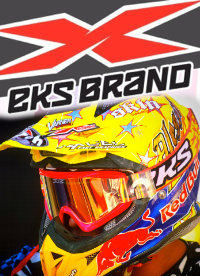"Be interesting to see what this series brings to the sport. Is it the Triple A of Supercross or a legimate top shelf series? Certainly a way to extend some careers that appeared over. I think it will be good for the sport."
MX43
The 2023 FIM World Supercross Championship has continued to expand its global contingent of star athletes, announcing Colt Nichols, Justin Brayton, Vince Friese, Enzo Lopes, Chris Blose, and Kyle Peters, who have all been added to the six-round championship season.
With global sensation Ken Roczen recently announcing his return to WSX competition, SX Global CEO Adam Bailey said Roczen’s commitment and the growing list of international stars add further anticipation and excitement for fans attending this year’s events around the world.
“We’re building the World Supercross Championship for the fans first and foremost, and they are our motivation. There’s nothing more rewarding than witnessing their enjoyment when they experience WSX racing for the first time and get to see their heroes in action first-hand.
“You can feel the energy building for the season opener in Birmingham. If you’re a hardcore supercross fan or just looking to experience the most entertaining motorsport on the planet, you have to be at Villa Park on the first of July.”
“It’s fantastic to see so many of the top riders from 2022 returning and new faces joining WSX for our first official season. It’s been an enormous amount of work, but the increased depth of talent in 2023 proves we’re building a product that the world’s best athletes want to win, and I’m proud of that,” said Bailey.
2021 AMA 250SX East Region Champion Nichols makes the move to the World Supercross Championship for the first time. He joins Rick Ware Racing and is eager to test his mettle against the best riders in the world after a breakout season in the US domestic championship.
Henry Miller returns to Rick Ware Racing for a second season of international competition alongside defending SX2 World Champion Shane McElrath.
Debuting for the Honda NILS team is 2022 SX2 3rd place getter Chris Blose. Blose will be joined by World Supercross Championship newcomer and four-time AMA Arenacross Champion Kyle Peters, who will also compete in the SX2 class for Honda NILS.
MotoConcepts’ mainstay Vince Friese, who finished 3rd on the podium in the WSX class in 2022 after a controversial finish, will be joined by seasoned AMA 250cc and 450cc winner Cole Seely, who is stepping up to the premier WSX class.
In SX2, Mitchell Oldenburg also returns to the MotoConcepts squad alongside veteran racer Michael Alessi, who will make his return to supercross competition.
The Yarrive Konsky-led Fire Power Honda team further strengthens its competitive lineup with international supercross specialist and AMA 450cc race winner Justin Brayton joining teammates Max Anstie and Dean Wilson.
Justin Brayton has experienced great success under Konsky’s management in the Australian and AMA Supercross Championships. He moves across to Konsky’s WSX team to compete on the Fire Power Honda-built Honda CRF450R.
Having had a breakout season in this year’s AMA Supercross 250cc West Coast Championship, Enzo Lopes will give the Brazilian fans a reason to cheer. He’s returning to the Club MX FXR team and competing in the SX2 class.
Canadian Cole Thompson will join Lopes in SX2, while Matt Moss (making a recent switch from MDK Motorsports) and Luke Neese will represent the team in the WSX class.
The MDK Motorsports squad will see former AMA 250cc East Coast Champion and fan favourite Justin Bogle return to the team to contest the SX2 class and welcome newcomer Cade Clason, who will race in the WSX class.
Tickets for the 2023 FIM World Supercross Championship season-opening rounds are on sale now. Visit the WSX Championship website to find out more.
 Thursday, May 25, 2023 at 8:03PM
Thursday, May 25, 2023 at 8:03PM 










